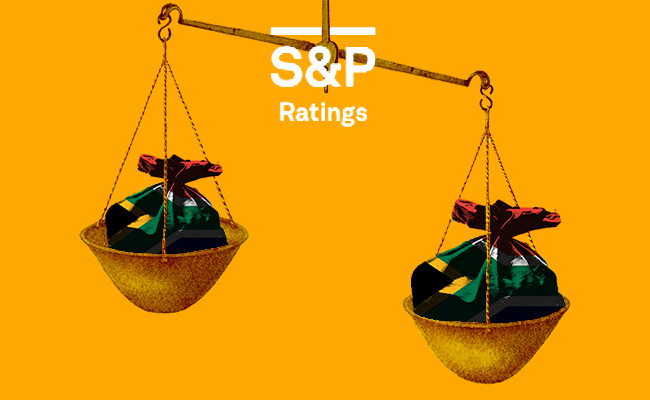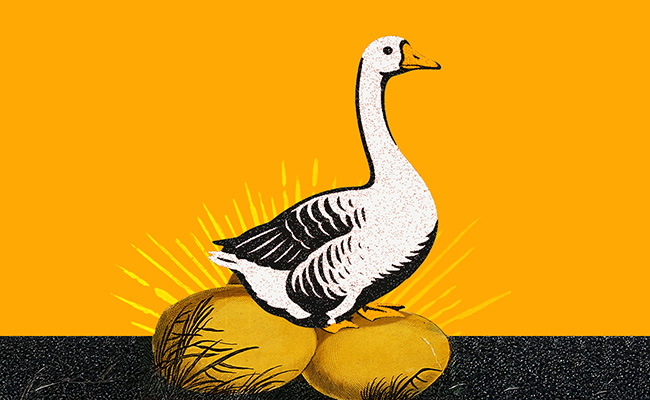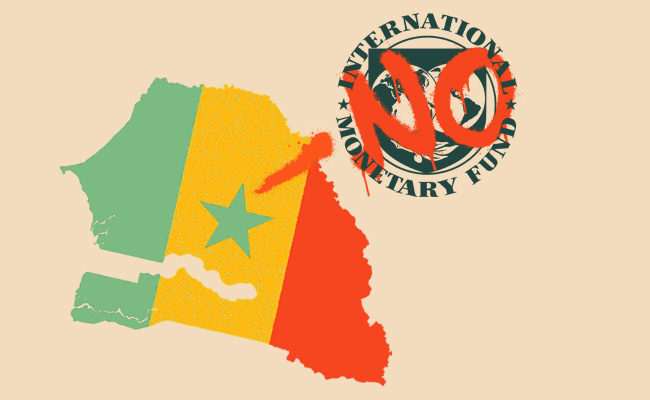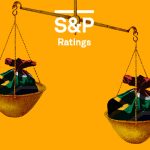South Africa’s automotive industry is having a make-or-break year.
A tariff shock from US President Donald Trump, looming carbon costs in Europe and a flood of cheap imports are colliding with the sector’s slow shift to electric vehicles (EVs). Government says relief is on the way, with an overhaul of its automotive development programme and a fresh push to boost local manufacturing.
But industry leaders warn that if the reforms don’t land fast – and new markets aren’t secured – carmakers could decide to build key new models elsewhere, leaving local plants out in the cold. Suppliers, already reeling from shrinking orders, fear plant closures would be a knockout blow.
“What we need are decisive measures,” Irvin Jim, general secretary of the National Union of Metalworkers of South Africa, tells Currency. “Government must protect the sector and ensure that component companies get the necessary support – especially in light of the current US tariffs.”
The US tariffs form part of Trump’s “America First” push to protect domestic manufacturing. They hit South African vehicle and component exports hard, particularly models like BMW’s X3 and Ford’s Ranger, which have traditionally found strong US markets.
At the same time, the EU’s Carbon Border Adjustment Mechanism is being phased in. While initially limited to reporting requirements, full implementation will mean exporters pay for the carbon content of products such as steel and aluminium used in vehicles – adding a new cost burden for local manufacturers.
The combined effect of these measures threatens about R28.7bn in automotive exports, according to government estimates.
Diplomatic stakes
The tariff crisis has become a bruising test of South Africa’s broader trade diplomacy. A high-level delegation led by trade, industry and competition minister Parks Tau and finance minister Enoch Godongwana is preparing to meet White House officials to argue for relief on tariffs that threaten as many as 100,000 jobs across the auto and agriculture sectors, Deputy President Paul Mashatile said on Thursday.
Speaking at the National Association of Automotive Component and Allied Manufacturers show in Nelson Mandela Bay this week, Tau laid out the scale of the challenge:
Local production fell to 515,850 vehicles in 2024 – far below the South African automotive masterplan 2035 target of 784,509 and down sharply from 633,332 in 2023 and 555,885 in 2022. This reversal comes after the industry had clawed back from pandemic lows of 449,086 units in 2021, according to the National Association of Automobile Manufacturers of South Africa.
The masterplan 2035 aims to raise production to 1.4-million units a year and secure 1% of global output. But with global markets shifting and trade barriers rising, these ambitions look increasingly at risk.
Imports now make up 64% of domestic sales, while local content is stuck at 39%, well short of the 60% goal. Over the past two years, 12 companies have closed and more than 4,000 jobs have been lost across the value chain.
The sector accounts for about 5.3% of GDP and supports about 115,000 direct factory jobs – more than 500,000 if the wider value chain is included – making its health a matter of national economic stability, Tau said.
The minister’s plan involves tweaking the automotive production and development programme to shift more support to component manufacturing and the new energy vehicle (NEV) value chain. The beneficiation of platinum group metals, copper and manganese for high-value NEV components such as fuel cells and batteries will be prioritised under a new critical minerals strategy.
Suppliers feeling the pain
For many in the supply chain, the tariff shock is not a future risk – it’s a present reality.
Mark Murray, finance and commerce manager at SJM Flex South Africa, a Gqeberha-based manufacturer of stainless-steel flexible couplings for exhaust systems, says the impact on logistics has been severe.
“About 95% of our products are for the export market,” he tells Currency. “Volumes are down across all our customers globally, including in Europe. Material restrictions mean our local steel supplier can’t meet our needs, so we’ve had to import, which brings long shipping delays and added costs. It’s ridiculously tough, but we have no choice but to make a plan.”
Steven van Niekerk, MD of SFC Solutions South Africa in East London, which supplies sealing and fluid transfer systems to original equipment manufacturers (OEMs) such as Mercedes-Benz and BMW, says 70% of his output is exported. He recalls a late-1990s government incentive – a five-year tax holiday for foreign investors – that drove a wave of European suppliers to South Africa.
“Why not introduce a new three-year tax-free initiative for new investors and OEMs?” he asks. “It’s not being discussed at the top level, yet we’re under pressure from customers who are relentlessly focused on cost.”
Mark Waudby, director of Gqeberha-based welding-equipment firm Waudcray, says his company has never sold to local OEMs despite matching Chinese quality and capabilities. “OEMs should focus more on localisation. The government needs to get involved, compare costs and make sure local producers get a fair chance. When I hear talk about localisation, I don’t see it from where I’m standing.”
Big-picture pressures
OEMs are also adjusting to structural change in export markets.
Martina Biene, MD of Volkswagen Group Africa and president of the African Association of Automotive Manufacturers, says Europe’s 2035 EV deadline means finding new markets for South African-made cars is urgent.
“VW still benefits from trading with Europe, but that will end when they go fully electric. Africa isn’t closed to us – our strategy is to grow and industrialise here, as we’ve been doing for years,” she says.
Logistics providers are feeling the strain, too. Ntombimpela Nong, business development executive at Bidvest International Logistics, says US tariffs would have hit harder were it not for the company’s partnership with US-based EMO Trans.
“We handle logistics for more than 80% of South Africa’s OEMs, but many of our global imports are routed through Europe and China, which shields us from the worst of the US impact,” she says.
Top image: Rawpixel/Currency collage.
Sign up to Currency’s weekly newsletters to receive your own bulletin of weekday news and weekend treats. Register here.












